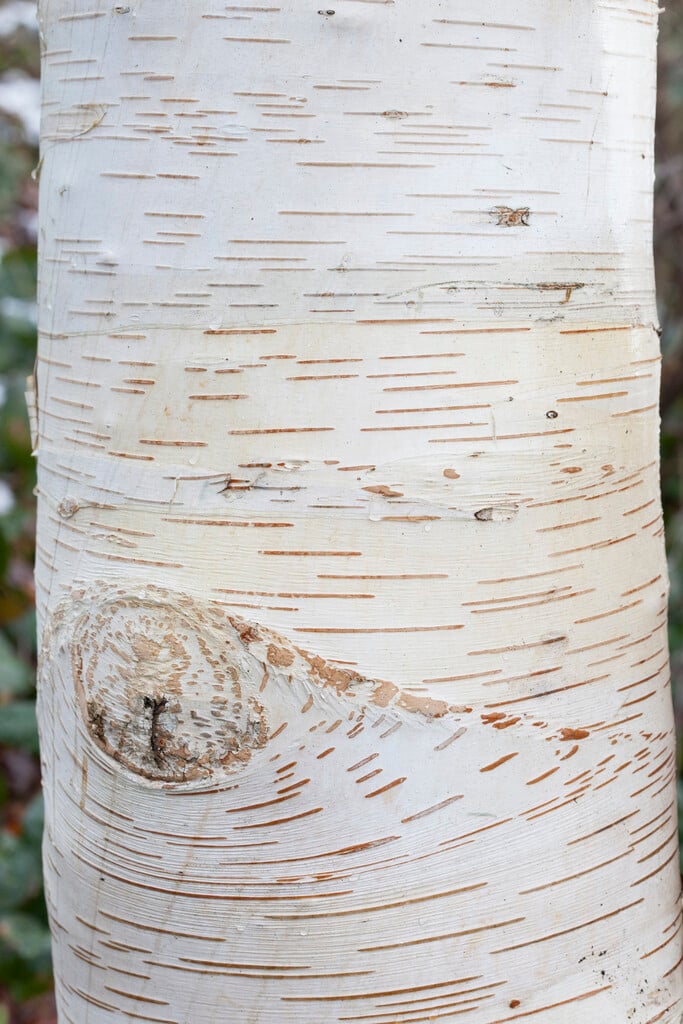Betula utilis subsp. jacquemontii
West Himalayan birch
A vigorous deciduous tree to 18m tall, with brilliant white bark on the trunk and larger branches; ovate leaves turn yellow in autumn; yellow-brown male catkins to 12cm long open in early spring
Other common names
Himalayan birchKashmir birch
Synonyms
Betula 'Jacquemontii'Betula jaquemontii
see moreBetula utilis var. jacquemontii
Betula utilis var. jaquemontii
Betula jacquemontii
Size
Ultimate height
Higher than 12 metresTime to ultimate height
20–50 yearsUltimate spread
4–8 metresGrowing conditions
Moisture
Moist but well–drained, Well–drainedpH
Acid, Alkaline, NeutralColour & scent
| Stem | Flower | Foliage | Fruit | |
| Spring | White | Yellow Brown | Green | |
|---|---|---|---|---|
| Summer | White | Green | ||
| Autumn | White | Yellow | ||
| Winter | White |
Position
- Full sun
- Partial shade
Aspect
South–facing or North–facing or West–facing or East–facing
Exposure
Exposed or Sheltered Hardiness
H7Botanical details
- Family
- Betulaceae
- Native to GB / Ireland
- No
- Foliage
- Deciduous
- Habit
- Bushy
- Genus
Betula can be deciduous trees or shrubs, usually colouring well in autumn and often with striking white, pink, or peeling brown bark; separate male and female catkins open before or with the leaves in spring
- Name status
Correct
- Plant range
- Himalaya
How to grow
Cultivation
Will grow in a wide range of situations
Propagation
Suggested planting locations and garden types
- Cottage and informal garden
- Architectural
- Low Maintenance
- Flower borders and beds
Pruning
Pests
May be susceptible to birch borers, leaf-mining sawflies and aphids
Diseases
May be susceptible to honey fungus, a tree rust and powdery mildews
Get involved
The Royal Horticultural Society is the UK’s leading gardening charity. We aim to enrich everyone’s life through plants, and make the UK a greener and more beautiful place.

